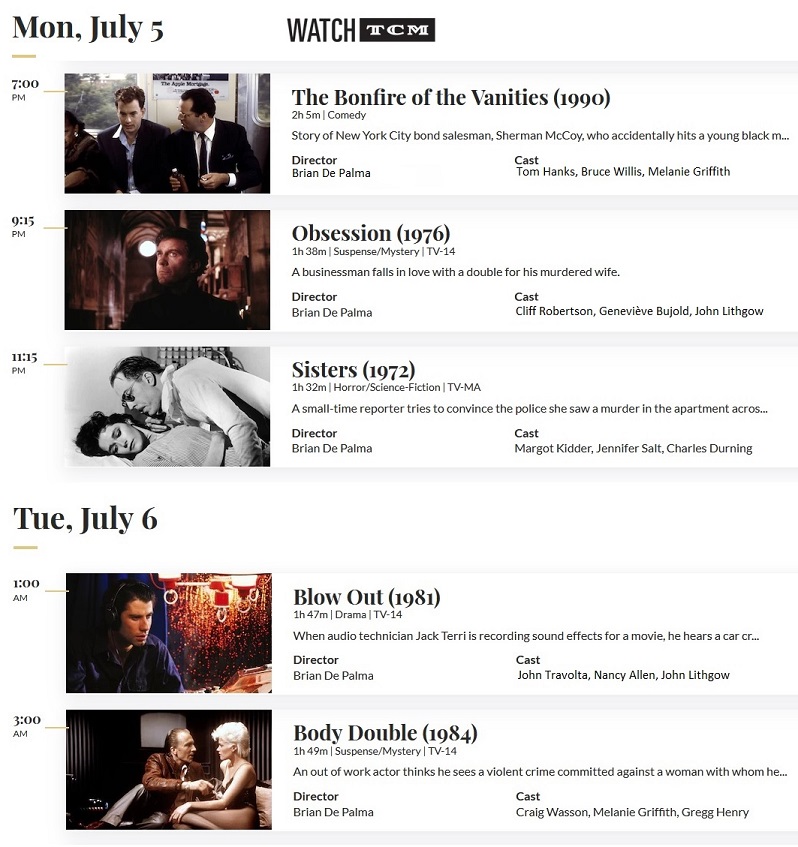. Here's a Google-assisted English translation, including a brief introduction from a version posted at
Cinema: a dizzying leap into the horror of war In Redacted (2007), Brian De Palma portrays real crime by US troops in Iraq. But instead of elegant fiction, the filmmaker bets on the shattering of the real — and on the aesthetics of precariousness as a narrative power in the era of YouTube
By José Geraldo Couto, at the Instituto Moreira Salles Cinema Blog
Winner of the Silver Bear for direction in Berlin, elected by Cahiers du cinéma the best film of 2008, Redacted, by Brian De Palma, never commercially released in Brazil (only shown at the Rio Film Festival, with the title Guerra without cuts), arrives now to streaming, on the Mubi platform. It was worth the wait: it's an extraordinary job.
The dramatic core is inspired by a real fact: during the occupation of Iraq by US troops, a group of soldiers rapes a 15-year-old girl and kills her family (including the teenager herself).
But unlike Kathryn Bigelow's films on analogous themes (Zero Dark Thirty, The Darkest Hour), Redacted does not offer a fictional reenactment of events to create the illusion of a given, univocal, and unambiguous reality. Instead, it scrambles partial and fragmented views, presenting a “real” that is much more problematic, unstable, full of edges. Instead of catharsis, it delivers the annoyance, the perplexity. It's up to the viewer to deal with that later.
Precarious construction
Anyone who is used to the exuberance, precision and elegance (even in the heart of violence and horror) of De Palma's cinema will find strange the collage of rushed images, rough framing, poor lighting, visual and sound “noises” and disparate textures that compose Redacted. What was sought there was to simulate, as if they were documentary records, a series of sources: an “image diary” produced by a soldier, newscast scenes, a French documentary, videos produced by Al-Qaeda, etc.
This method of construction virtually abolishes all “objective” narration in third person. Everything is mediated by some interested gaze, partial in both senses of the term, that is, incomplete and biased. The spectator is asked to fill in the gaps, the “outside the frame”, and to confront different perspectives.
As a result, the dramatic density is built not through the usual narrative artifices, but through a skillful orchestration of the fragments, in addition to the shrewd use of the musical score (Handel, Puccini), a terrain in which the music lover De Palma has always been a master. The emotional climax takes place on the only actual documentary images (I won't say which ones they are), soaked with the ravishing music of Tosca's third act.
To Godard's famous formulation, according to which “cinema is the truth at 24 frames per second”, De Palma usually responds with a joke: “No, cinema is the lie at 24 frames per second”. And he himself was always a great conjurer, who played with the status of the image and problematized the reality of what we think we see and hear, in films like Body Double, Dressed to Kill and Blow Out.
Impotence of speech
In Redacted, it is as if De Palma took this game to another level, making a film that is a serious reflection on his craft (narrating with images and sounds) and the denunciation of a reality that does not fit in any audiovisual discourse: the horror of war and the dehumanization it produces in executioners and victims. Once in a lifetime, the advertising slogan doesn't lie: "In a war, the first casualty is the truth."
It is, in a way, a film that (re)revolts against its own impotence, its own impossibility. Hence the anguish it produces. Hence, perhaps, its difficulty in being marketed and consumed. Mortal sin for an industry increasingly powerful materially and dwarfed morally.






























